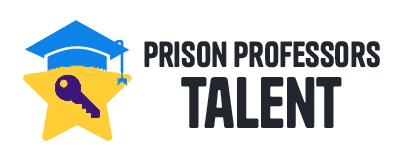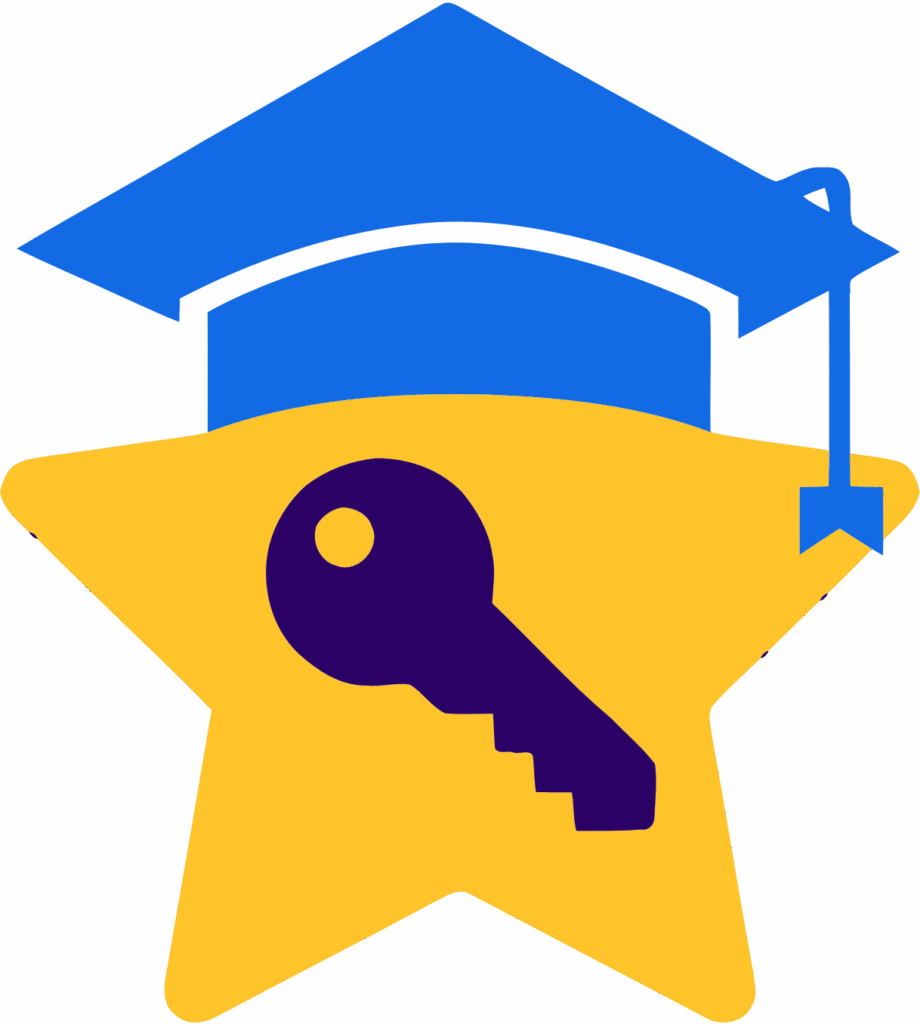By Justin Norcutt
Date: July 14, 2025
Today I want to share something powerful and practical for anyone out here trying to take control of their future—how to build a professional resume, even if you’ve never done one before.
If you’re just starting fresh—maybe you’re coming home from incarceration, or you’re pivoting careers like I am—you need a resume that tells your story right, sharp, and confidently. A resume is more than just a piece of paper. It’s your ticket to get in the door. It’s your first impression when you’re not in the room. A strong resume helps you stand tall even when your past or lack of experience might make you feel otherwise.
Step-by-Step: How to Build a Professional Resume
1. Start with Your Contact Information
At the very top, centered or left-aligned, include:
● Your full name (make it bold and a little bigger)
● Phone number
● Professional email address (no nicknames or old handles—create a clean one if needed) ● LinkedIn profile or website (if you have one)
2. Write a Strong Summary Statement
Think of this as your short elevator pitch—2 to 3 sentences about who you are and what you’re looking for.
Example:
Motivated and reliable logistics professional with experience in transportation, customer service, and safety compliance. Proven track record in managing delivery schedules and exceeding customer expectations. Eager to contribute to a team-driven company with growth potential.
This is where you tailor your voice to the job. Show them what you bring to the table. 3. Highlight Your Skills
Make a list of hard and soft skills. This can be bullets or columns. Tailor it for each job posting. Examples:
● CDL Class A Driver
● DOT Compliance
● Microsoft Excel & Google Sheets
● Team Leadership
● Route Planning
● Customer Communication
● Time Management
● Problem Solving
Read the job description and pick skills they mention—match them where they fit. 4. Work Experience
List jobs in reverse order—most recent first. For each job:
● Job Title
● Company Name, City, State
● Dates (Month/Year – Month/Year or “Present”)
● 3–5 bullet points describing what you did, starting each bullet with an action verb like Managed, Delivered, Operated, Solved, Trained, Built.
Try to use numbers when possible:
● Delivered 15+ loads per week across Arizona and New Mexico, maintaining 100% on-time delivery rate.
● Trained 2 new hires on safety procedures and route logistics.
If you’ve done time or have employment gaps, don’t stress. Use what you did during that time:
● Participated in facility maintenance team, repairing HVAC and electrical systems. ● Completed 40+ hours of vocational training in small engine repair.
5. Education
Same as jobs—list most recent first:
● GED or High School Diploma
● College (if attended)
● Certifications (CDL, OSHA, MSHA, First Aid, etc.)
Example:
MSHA Certified, 2024
CDL Class A with Hazmat, Tanker, Doubles/Triples, 2023
6. Optional Sections
If you have room:
● Volunteer Work
● Awards or Recognition
● Courses or Projects (especially if they’re from programs like Prison Professors, LinkedIn Learning, etc.)
Why Resumes Matter (Especially for Us Starting Fresh)
A resume gives you a voice on paper. For those of us who might not have a traditional background or college degree, it’s proof that we still have value. We’re workers. We’re thinkers. We’re survivors. The resume puts our skills, effort, and potential on display.
But here’s the key to making it powerful: You MUST tailor it to the job you’re applying for.
Don’t send the same resume to every job. Read the posting. What are they asking for? Copy their language (honestly) into your resume. If they want someone “detail-oriented and reliable,” and that describes you—say it!
Final Advice
Proofread everything. No typos. Keep it one page if possible. Make it clean—no fancy fonts or colors. PDF is the best format to send it in. And never lie—but do shine. Show your growth. Show your readiness.
If you don’t have much work experience, lean heavy into your skills, training, and motivation. You can even write a short “Career Objective” section about what you hope to do and how eager you are to learn.
We all have a past. But with the right mindset, we can also have a future. A well-written resume is a start—a signal to employers that you are serious, capable, and ready to work.
If I can write mine from a halfway house with no computer and only a few jobs to list, you can too. One step at a time. Let’s keep building.
— Justin Norcutt
Rebuilding | Learning | Earning | Giving Back

